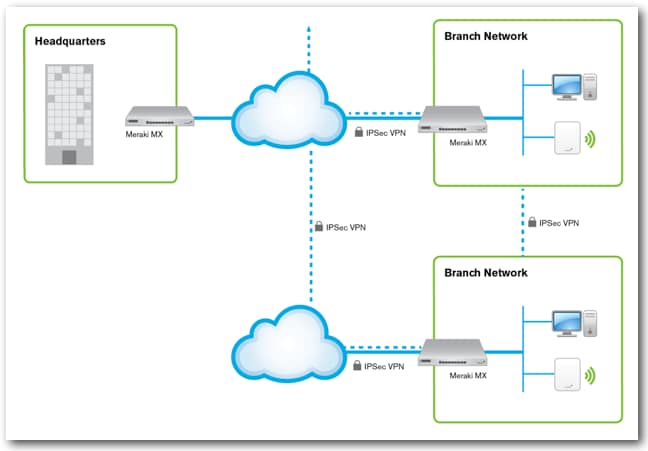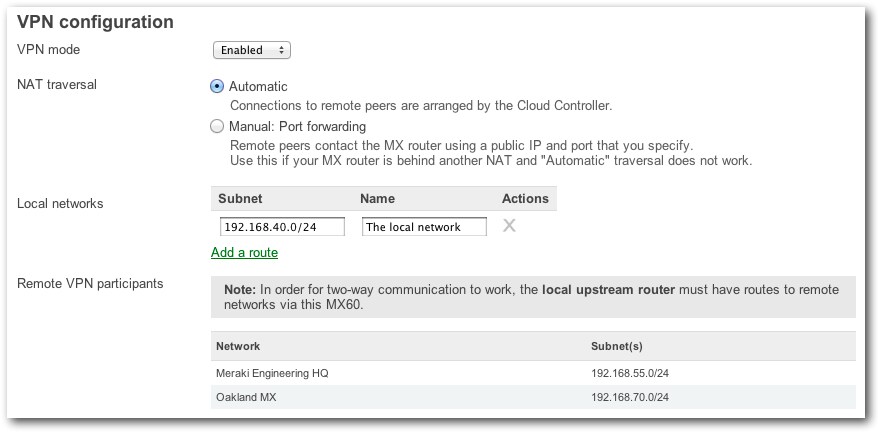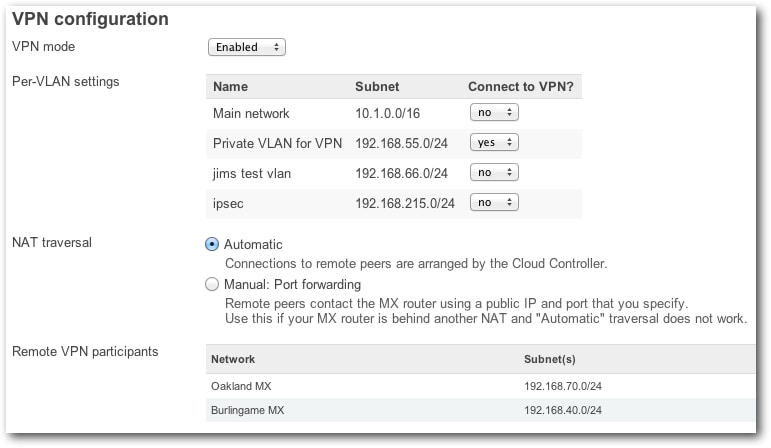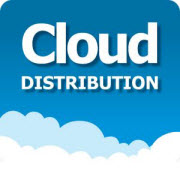First Company to Deliver Service Management, Endpoint Lifecycle Management and Mobile Device Management Solutions Via the Cloud
Numara® Software, Inc., a global leader in service management and PC lifecycle management solutions for IT professionals, today announced that it has acquired mobile device management leader Fromdistance, enabling Numara to provide customers with solutions to manage and secure mobile devices across all of the major mobile operating systems. The acquisition strategically positions Numara with core mobile device management capabilities that will be integrated into its robust service and asset management solutions already providing medium to large enterprises with a comprehensive solution to track, manage, remediate and retire all endpoint devices whether they are servers, desktops, laptops, tablets or smartphones.
“With the acquisition of Fromdistance we are excited by the opportunity to merge leading edge mobile device management technology with our service, asset and lifecycle management solutions,” said Dave Hansen, Numara CEO. “We are now steps ahead of our competitors, as the only company that can unite the management of any device, whether it is traditional, mobile, physical or virtual.”
“Managing the plethora of mobile devices in the enterprise has emerged as one of IT’s biggest operational challenges,” said Matt Dircks, vice president of products at Numara. “Effectively solving this challenge requires an integrated solution for managing and controlling all endpoint devices, including mobile devices through their lifecycle. With the Fromdistance acquisition Numara will be the only company providing a single, integrated management context across any device, be it traditional desktop, laptop computers or mobile devices such as smartphones or tablets.”
Fromdistance has been identified by Gartner as a strong niche player in its April 2011 Magic Quadrant for mobile device management software. The acquisition will not only benefit existing Numara customers, but will also benefit Fromdistance customers and partners. This strategy ultimately empowers companies to reap the benefits of consolidated endpoint management, whether they are physical, virtual or mobile. IT will be able to manage their mobile estate, whether personal or corporate and leverage its central service management and lifecycle management processes and policies.
Jouko Vierumäki, CEO and founder of Fromdistance, will assume a leadership role in Numara’s product group where he and his team will also continue working with existing Fromdistance customers. The terms of the acquisition were not revealed.
“We are very excited to join the Numara Software team,” said Vierumäki. “Strategically, incorporating our mature mobile device management technology into a broader IT operations management solution is critical. You will see other vendors follow, but Numara’s strategy is leading the way. This is a very logical next step for us and one that will have great benefit to our respective customers.”
Numara’s newly acquired mobile device management solutions are easily re-branded and able to integrate into any IT environment, making them well suited to be leveraged by MSPs, systems integrators, carriers and operators.
About Numara® Software Incorporated
Founded in 1991, Numara® Software Inc. is a leading provider of integrated IT management solutions for all types of customers worldwide. These solutions include Desktop Management, PC Lifecycle Management, Security & Compliance, Help Desk and Service Desk, and are designed to optimize the operation of IT management. Numara® FootPrints® focuses on the needs of medium to large enterprises, and Numara® Track-It!® is designed for small to medium enterprises. These products collectively support more than 50,000 customer sites.
27 October 2011
10 October 2011
A Simple, Secure Way to Connect Your Branches
Customers who have deployed Meraki MX cloud-managed routers have really benefited from its ability to centrally manage secure multi-site networks. Using built-in site-to-site VPN capability and the link aggregation and failover of the MX70, secure multi-site networks can be deployed while reducing configuration complexity and lowering branch connectivity costs. This is best illustrated through a few examples, so part of Meraki’s network configuration is shown below.
Deploying a site-to-site VPN network
Ordinarily, configuring a multi-site VPN mesh network can be complex and tedious. Site-to-site networks need to be established with WAN routes for each peer-to-peer connection, and IPsec needs to be configured. That includes setting up authentication, security association parameters, and possibly manual exchange of keys (or configuration of a key management protocol).Deploying MX routers into a multi-site networks eliminates the tedious manual configuration of the site-to-site VPN. Adding a site into the network’s architecture is done simply by adding the MX router into the organization, setting the local subnet, and enabling participation in the VPN. The MX routers automatically discover each other through Meraki’s cloud network so you don’t have to manually enable routes between each. Figure 1 shows the high level configuration of a typical multi-site network (only three sites are shown for simplicity).

Figure 1: Meraki MX deployment architecture

Figure 2: Burlingame MX VPN configuration
The configuration of the Burlingame MX is straightforward, and its 192.168.40.0/24 subnet appears at Meraki’s engineering HQ MX. The engineering HQ MX sits in Meraki’s San Francisco headquarters, and its network has several VLANs that can be selectively included in the site-to-site VPN and made available to the peers on the network. An organization-wide site-to-site firewall can enforce complex custom policies, such as limiting selected traffic between certain sites.

Figure 3: Engineering HQ MX VPN Configuration
04 October 2011
Oracle needs some cloud computing mojo
 Oracle’s cloud computing stance has, um, evolved, to say the least, over the past few years. As the company preps for its annualOracle OpenWorld mega-show in San Francisco next week, a question lingers: Is Oracle software and/or hardware cloudworthy?
Oracle’s cloud computing stance has, um, evolved, to say the least, over the past few years. As the company preps for its annualOracle OpenWorld mega-show in San Francisco next week, a question lingers: Is Oracle software and/or hardware cloudworthy?
Expect a lot of cloud talk out of the conference and more on hardware-software bundles a la the company’s Exadata, Exalogic and new database appliance. But Oracle still has a lot to prove on the cloud front.
Oracle’s cloud problem goes back at least two years, when Oracle CEO Larry Ellison famously mocked cloud computing hype at a Churchill Club event. “What do you think Google runs on? Water vapor?” he asked. “How about databases, and operating systems, and microprocessors and the Internet?”
As colleague Derrick Harris wrote for GigaOM Pro at the time, Ellison showed a lack of understanding of true cloud benefits:
Read moreCloud computing is about far more than simply serving applications via the network. It is, at the least, about pay-per-use billing, process automation, on-demand provisioning of additional resources and increasing efficiency through multi-tenant architectures. Many believe cloud computing is about openness. If it does not increase flexibility and efficiency while decreasing extraneous costs, it is not cloud computing.
03 October 2011
Inspire WiFi chooses Meraki to provide wireless access for guests and patients at Montefiore Medical Center in Bronx, New York
Meraki, the cloud-based networking company, today announced that its wireless LAN solution is used to provide WiFi at the Montefiore Medical Center, one of the largest hospital and care networks in New York. Montefiore’s provider, Inspire WiFi, deployed Meraki to provide WiFi across all patient and guest areas, and continues the ongoing monitoring, maintenance, and technical support of the WiFi network.
Montefiore Medical Center has more than 350 practicing physicians and includes three main divisions: the Moses Division, including the Children’s Hospital; the Jack D. Weiler Hospital; and Our Lady of Mercy Medical Center. Inspire WiFi deployed over 150 Meraki MR14 access points to provide coverage across the three divisions.
Now Montefiore’s patients and guests are able to enjoy high-speed wireless internet access inside patient rooms, waiting areas, and outdoor courtyards. According to Greg Ebbert, Vice President of Inspire WiFi, over 7,000 users accessed the Montefiore WiFi network in the first six weeks that it was live. “We are excited to partner with Meraki and Montefiore to provide this amenity for Montefiore’s patients and guests,” Ebbert said.
“Our patients and guests have been asking for WiFi, so we were pleased when Inspire WiFi was able to provide us with a carefree hospital-wide wireless solution,” said Jack Wolf, CIO of Montefiore. “We are always looking for ways to set ourselves apart and to increase patient satisfaction. Inspire WiFi provided us with a great tool through Meraki to accomplish those goals.”
“Meraki is pleased to work with Inspire Wifi to provide WiFi at the Montefiore Medical Center, one of the largest employers in New York state,” said Kiren Sekar, Meraki’s Director of Marketing. “Meraki’s innovative cloud-based wireless architecture and Inspire’s expertise in deploying and running multi-site WiFi networks have already served thousands of patients and guests across several Montefiore locations.”
Montefiore Medical Center has more than 350 practicing physicians and includes three main divisions: the Moses Division, including the Children’s Hospital; the Jack D. Weiler Hospital; and Our Lady of Mercy Medical Center. Inspire WiFi deployed over 150 Meraki MR14 access points to provide coverage across the three divisions.
Now Montefiore’s patients and guests are able to enjoy high-speed wireless internet access inside patient rooms, waiting areas, and outdoor courtyards. According to Greg Ebbert, Vice President of Inspire WiFi, over 7,000 users accessed the Montefiore WiFi network in the first six weeks that it was live. “We are excited to partner with Meraki and Montefiore to provide this amenity for Montefiore’s patients and guests,” Ebbert said.
“Our patients and guests have been asking for WiFi, so we were pleased when Inspire WiFi was able to provide us with a carefree hospital-wide wireless solution,” said Jack Wolf, CIO of Montefiore. “We are always looking for ways to set ourselves apart and to increase patient satisfaction. Inspire WiFi provided us with a great tool through Meraki to accomplish those goals.”
“Meraki is pleased to work with Inspire Wifi to provide WiFi at the Montefiore Medical Center, one of the largest employers in New York state,” said Kiren Sekar, Meraki’s Director of Marketing. “Meraki’s innovative cloud-based wireless architecture and Inspire’s expertise in deploying and running multi-site WiFi networks have already served thousands of patients and guests across several Montefiore locations.”
Cloud Distribution outlines strategy
Specialist distie Cloud Distribution is to add cloud based penetration testing service iViz to its portfolio as part of its plan to create a new type of VAD that avoids SaaS but embraces the channel to deliver the cloud management aspect of traditional sales.
Scott Dobson, MD and founder of Cloud Distribution highlights iViz and cloud managed wireless AP vendor Meraki as perfect additions to its portfolio. “[We partner] with vendors who deliver network infrastructure and security that is managed from the cloud in a multi-tenanted, multi tiered front end. That takes a lot of the complexity and management overhead that say a Cisco-based solution apply to their systems.”
Dobson believes that distributors that focus on just SaaS will face problems: “We don’t think there is a lot of value that distribution can add to SaaS,” he says, “If you’re a multimillion broadliner, the ability to aggregate services has value, but that’s not what we are about.”
The exclusive agreement with iViz will be formally announced over the next few months and Dobson is still looking to strengthen its portfolio based on a defined criteria. “What we looking for in the vendor community is a cloud management capability and focus on network infrastructure and security. To be honest with you, we are waiting for the market to catch up with our aspiration.”
Subscribe to:
Posts (Atom)
